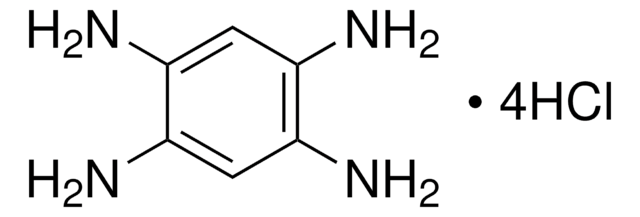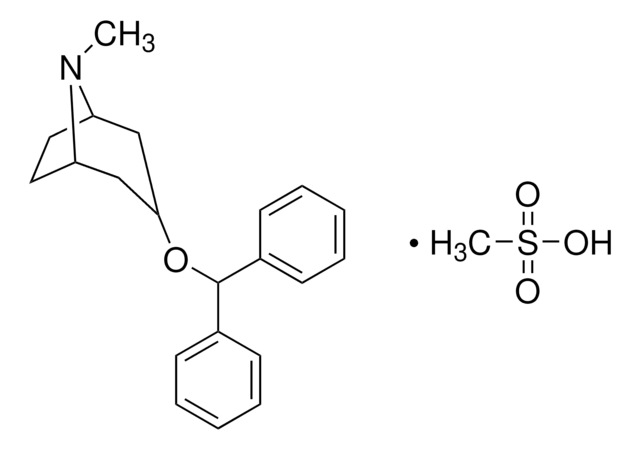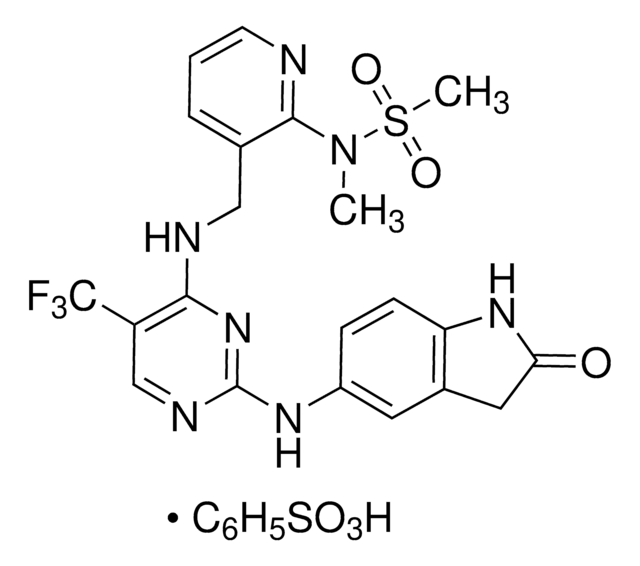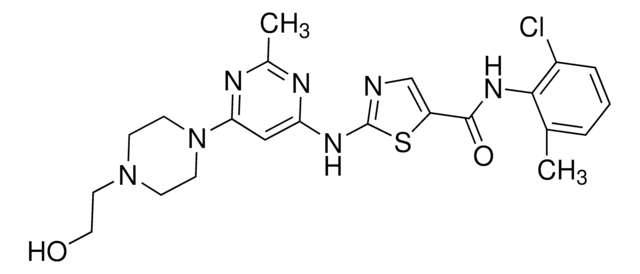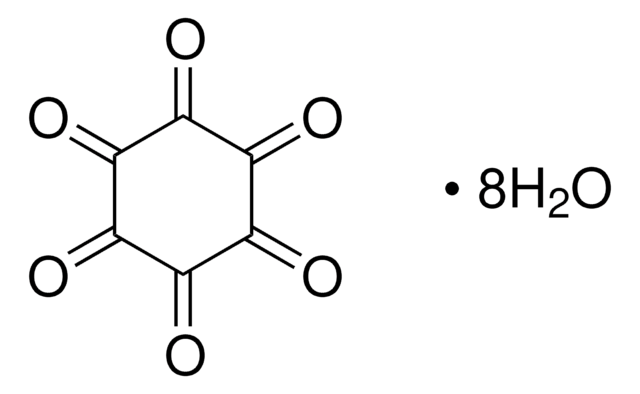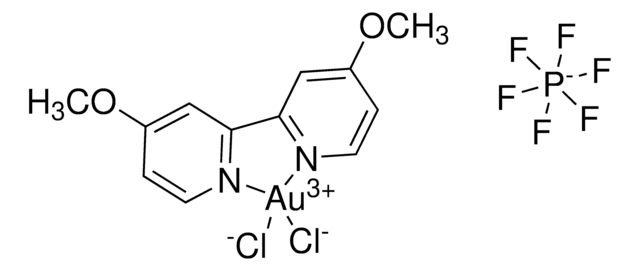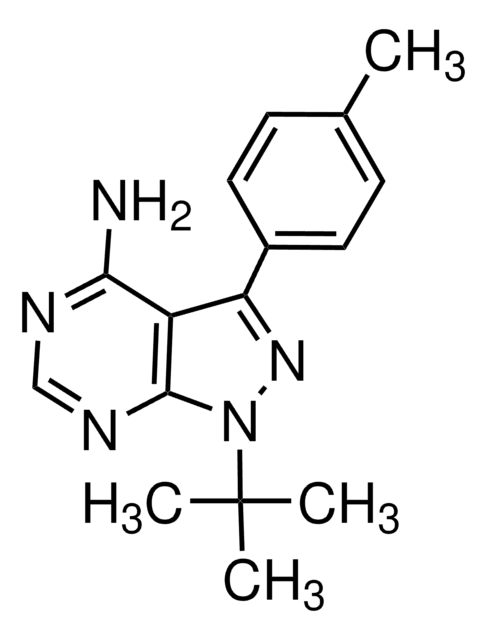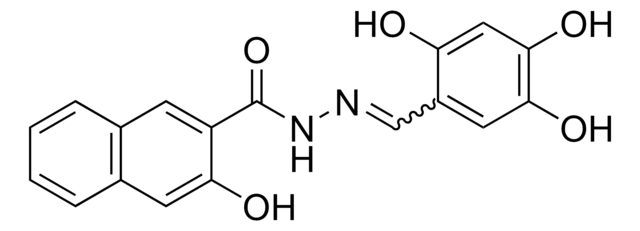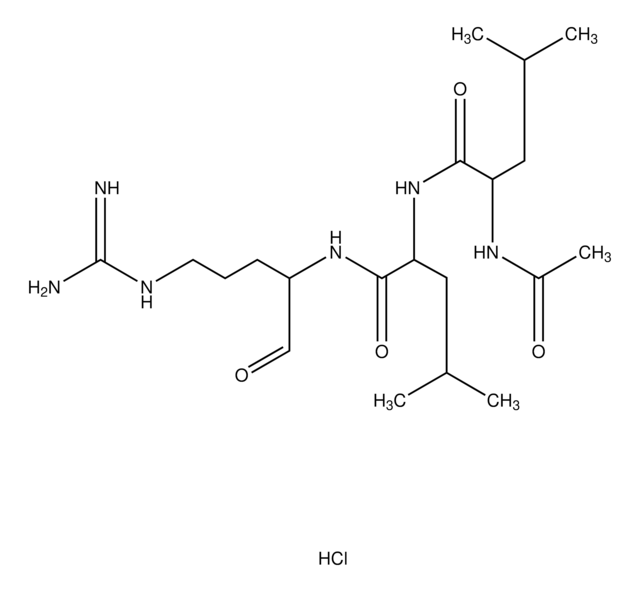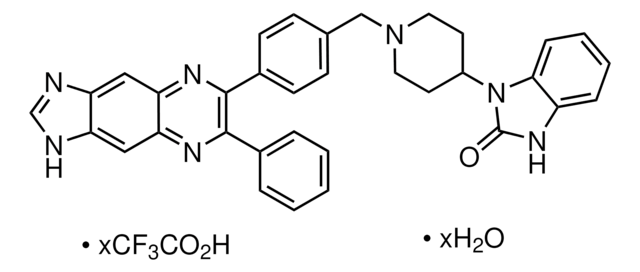SML0837
FAK Inhibitor 14
≥95% (HPLC)
Synonym(s):
1,2,4,5-Benzene tetraamine tetrahydrochloride, 1,2,4,5-Benzenetetraamine 4HCl, 1,2,4,5-Benzenetetraamine tetrahydrochloride, Benzene-1,2,4,5-tetramine tetrahydrochloride, NSC 667249, Y15
About This Item
Recommended Products
Assay
≥95% (HPLC)
form
powder
storage condition
desiccated
color
, faint purple to dark brown
solubility
H2O: 20 mg/mL, clear
storage temp.
room temp
InChI
1S/C6H10N4.4ClH/c7-3-1-4(8)6(10)2-5(3)9;;;;/h1-2H,7-10H2;4*1H
InChI key
BZDGCIJWPWHAOF-UHFFFAOYSA-N
Application
Biochem/physiol Actions
Features and Benefits
Storage Class Code
11 - Combustible Solids
WGK
WGK 3
Flash Point(F)
Not applicable
Flash Point(C)
Not applicable
Certificates of Analysis (COA)
Search for Certificates of Analysis (COA) by entering the products Lot/Batch Number. Lot and Batch Numbers can be found on a product’s label following the words ‘Lot’ or ‘Batch’.
Already Own This Product?
Find documentation for the products that you have recently purchased in the Document Library.
Customers Also Viewed
Articles
The focal adhesion kinase (FAK) is a cytoplasmic protein tyrosine kinase that distinctly co-localizes with integrins at sites of attachment to their ligands.
Related Content
Discover Bioactive Small Molecules for Kinase Phosphatase Biology
Our team of scientists has experience in all areas of research including Life Science, Material Science, Chemical Synthesis, Chromatography, Analytical and many others.
Contact Technical Service
